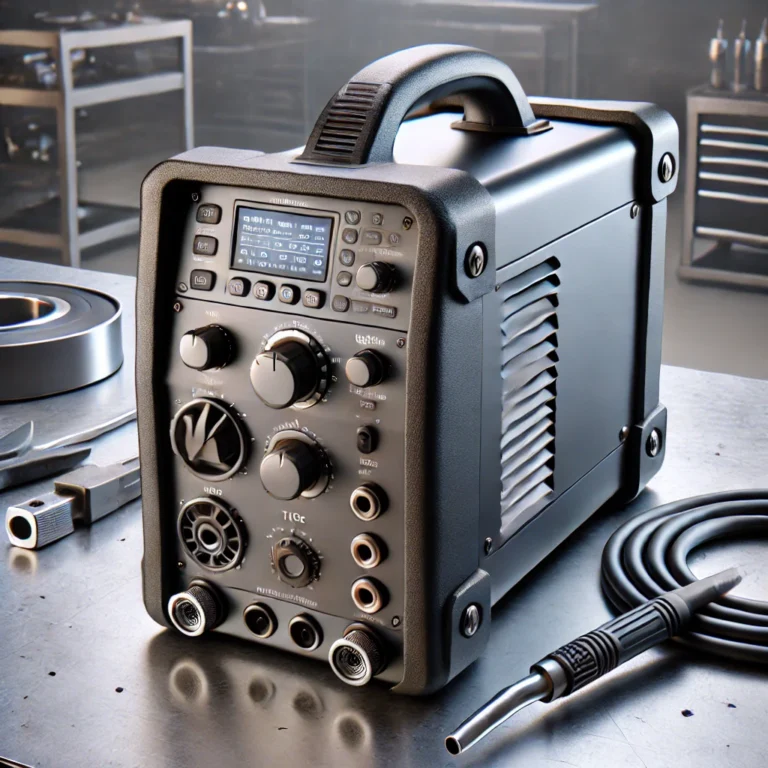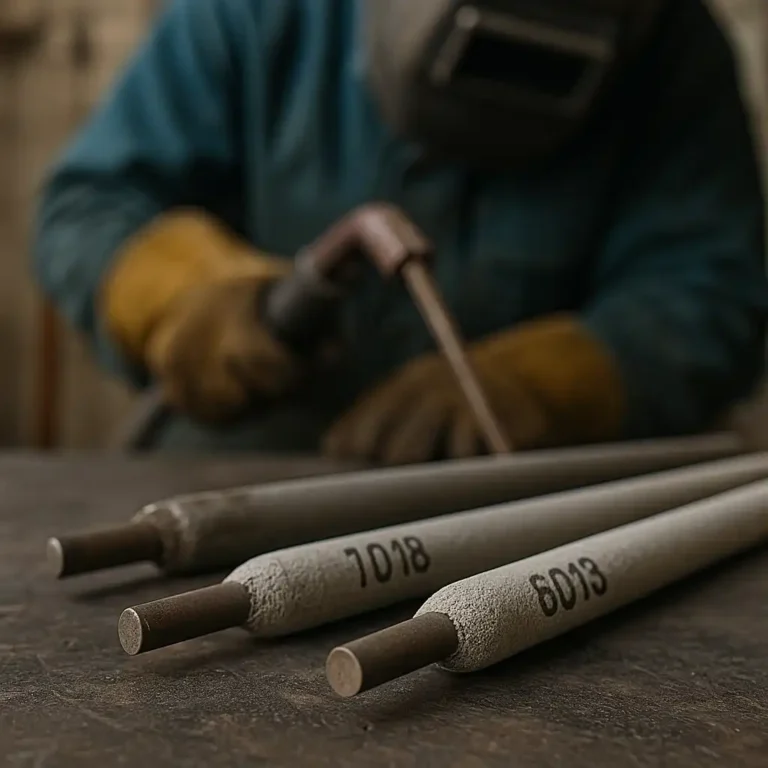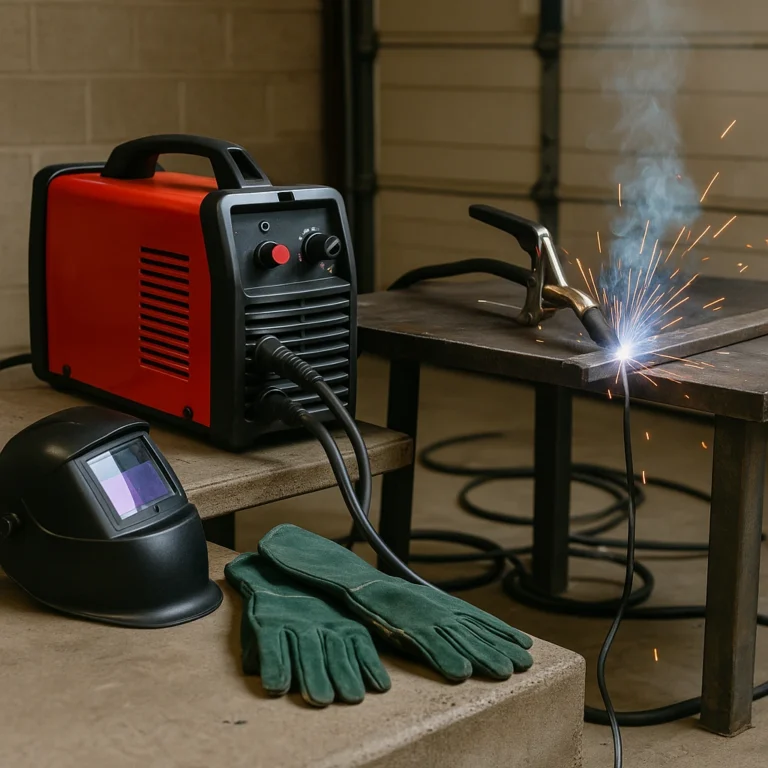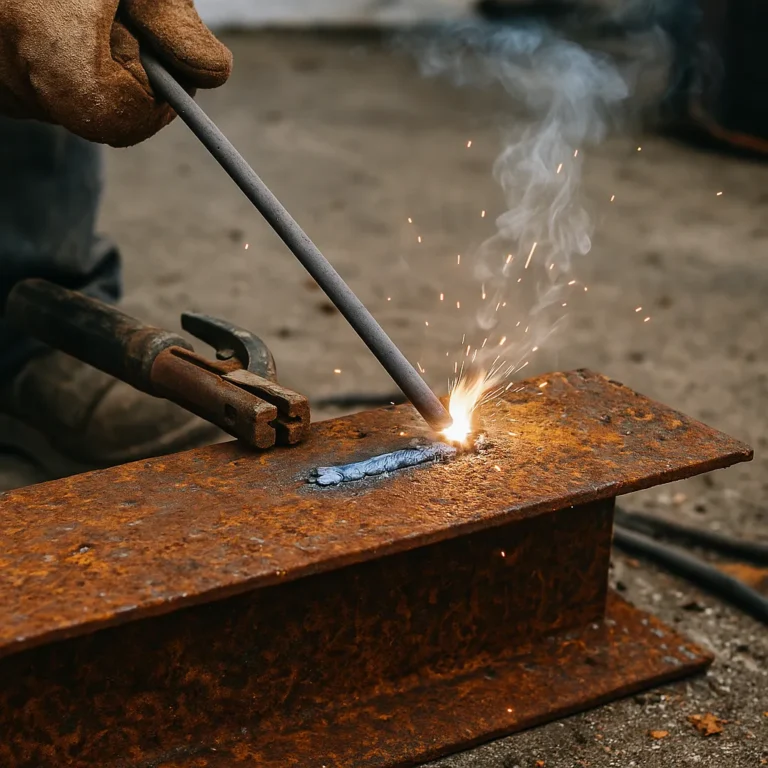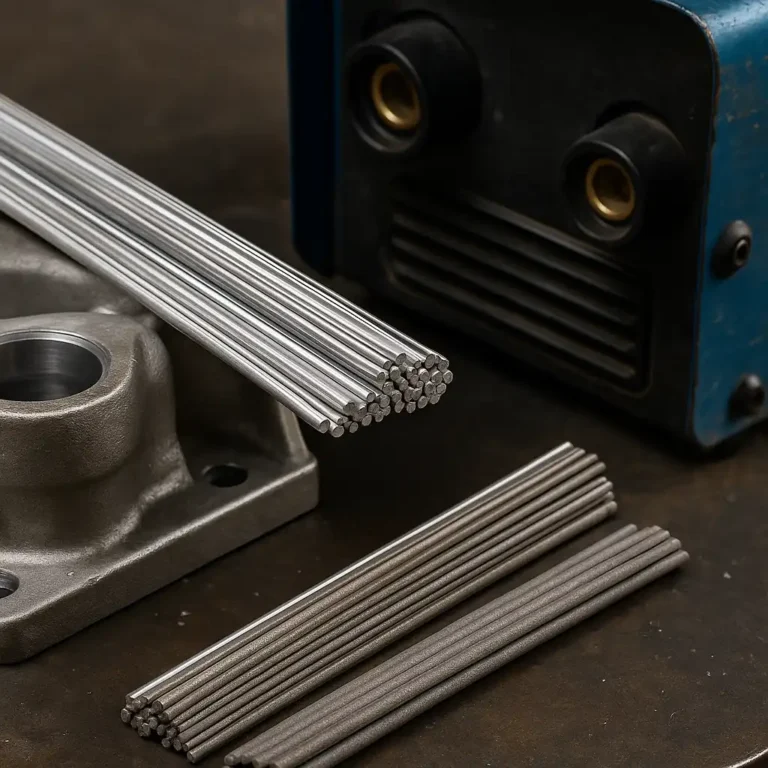Different Types of Welding Rods – Uses, Sizes, and Selection Tips
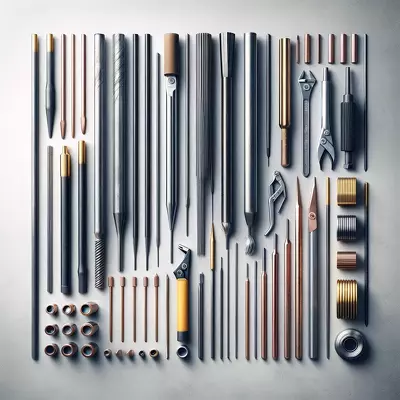
Disclosure: This post contains affiliate links. As an Amazon Associate, I earn from qualifying purchases—at no extra cost to you.
Last Updated: September 11, 2025
There are many different types of welding rods, and each one is built for a reason. Some cut through rust and dirt, while others make smooth, inspection-ready welds. Knowing which rod fits the job keeps your welds strong and saves cleanup time.
👉 Want everything in one place? Our complete welding rods guide walks through the main types and how they’re used.
📋 Quick-View Summary
🔧 Structural Welding
⚡ 7018 rods deliver strong, low-hydrogen welds for code jobs
🔧 Pipe & Repairs
⚡ 6010 rods dig deep and work on dirty steel
🔧 Sheet Metal
⚡ 6013 rods strike easy and won’t burn through thin steel
🔧 General Fabrication
⚡ 7014 rods run smooth and fill joints quickly
🔎 Strength & Durability
6010 rods are made for penetration. They cut into rust, paint, and dirt, making them a favorite for pipe and repair work. 7018 rods focus on strength. Their low-hydrogen coating creates welds tough enough for bridges, beams, and jobs under inspection.
👉 For a closer breakdown, see our comparison of 6010 and 7018 rods.
🔎 Ease of Use & Handling
6013 is one of the easiest rods to run. It strikes without fuss, runs steady, and the slag peels off clean. 7014 is another smooth runner—it fills fast and leaves a neat bead. Both are forgiving on clean steel but won’t handle rust the way 6010 can.
🔎 Polarity & Settings
Polarity plays a big role in rod choice. 6013 works on AC, DC+, or DC-, which makes it flexible for almost any machine. 6010 usually needs DC+ for proper penetration. If you’re learning how to choose the right welding rod, always check the recommended polarity and amperage range on the box before you strike.
👉 For practical ideas, see how 6013 rods are put to work in real projects.
🔎 Different Welding Rod Sizes
Electrodes range from 1/16” up to 5/32” and beyond. Smaller rods are best for thin-gauge steel and detail work. Larger rods handle heavy plate with higher amps. Knowing different welding rod sizes helps you avoid burn-through on light metal and poor fusion on thick steel.
📦 Stick Welding Rods – Best Applications
Here’s where each rod shines:
- 6010 → pipe work, root passes, and dirty steel repairs
- 6013 → sheet metal and clean fabrication
- 7014 → shop welding and fast fills
- 7018 → structural jobs and inspection-ready welds
Limitation: no single rod works for every job. Matching rod type, size, and polarity to the task is key.
🟢 FAQs
Q: What are the main types of welding rods?
A: The most common stick rods are 6010, 6011, 6013, 7014, and 7018.
Q: How do I choose the right welding rod?
A: Consider the base metal, thickness, welding position, and whether the weld must meet code.
Q: Do welding rod sizes matter?
A: Yes. Smaller rods work better on thin metal, while larger rods are for thicker steel and higher amps.
Q: What happens if I use the wrong rod?
A: Weak welds, poor penetration, or messy beads that take longer to grind.
✅ Conclusion
The different types of welding rods each fill a role—6010 for pipe and repairs, 6013 and 7014 for easy shop welding, and 7018 for structural strength. Choosing the right rod means cleaner beads, stronger welds, and less rework.

